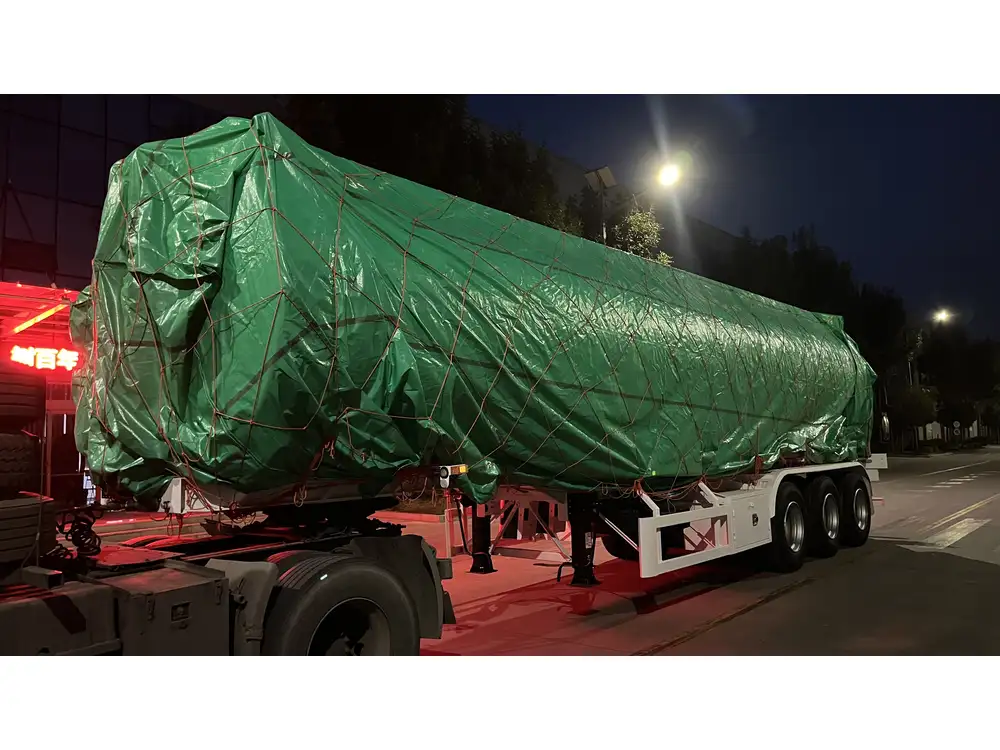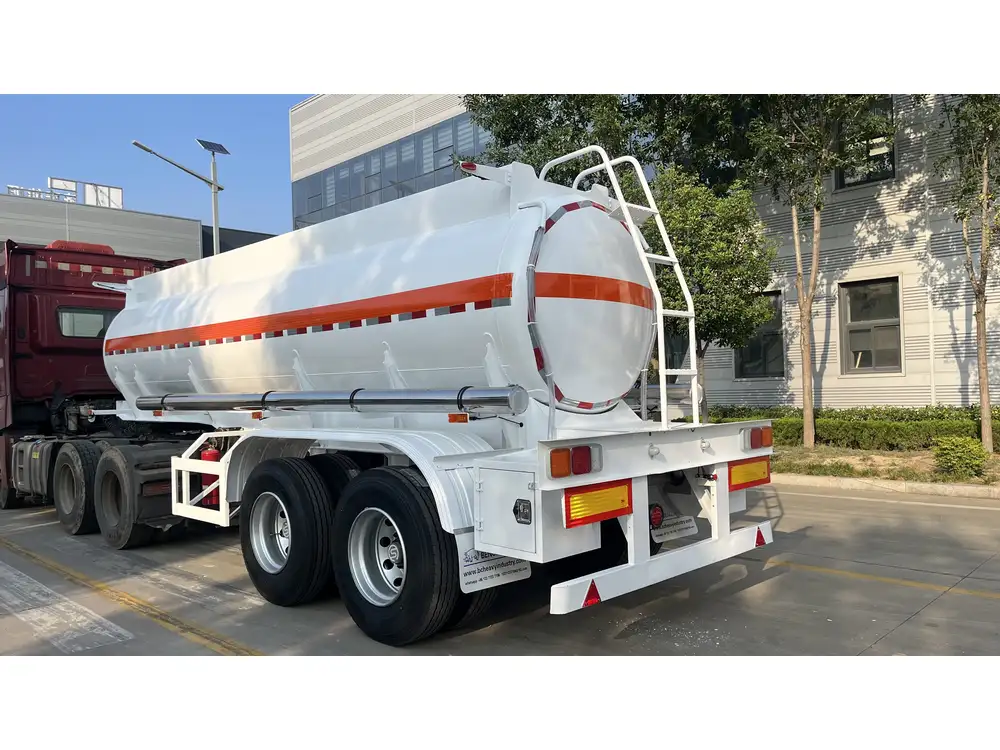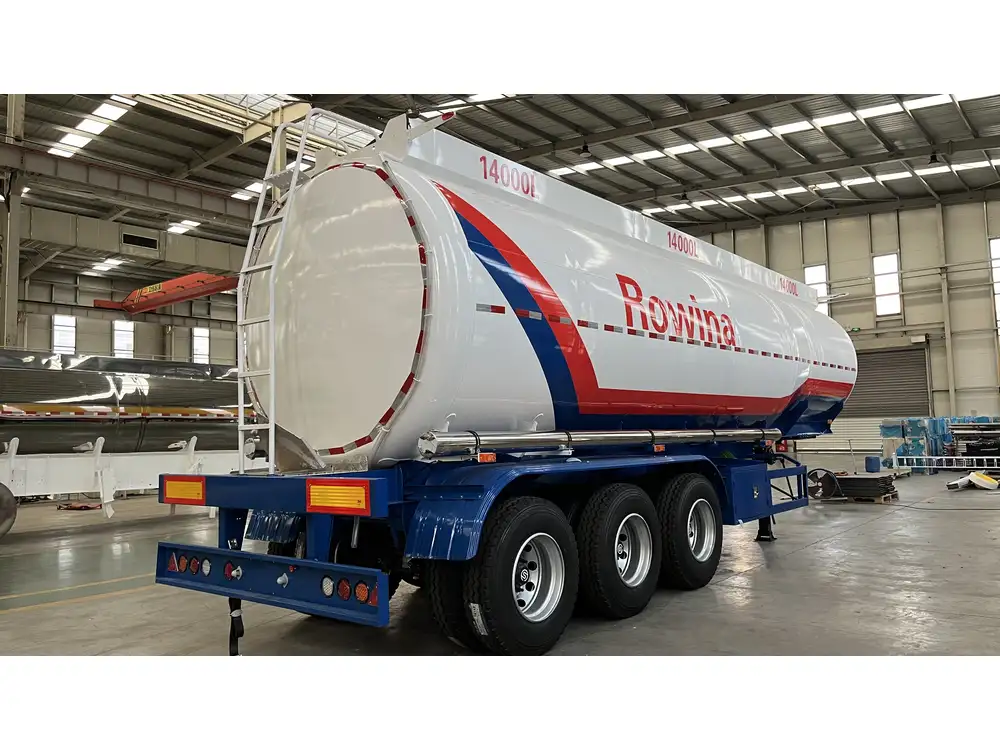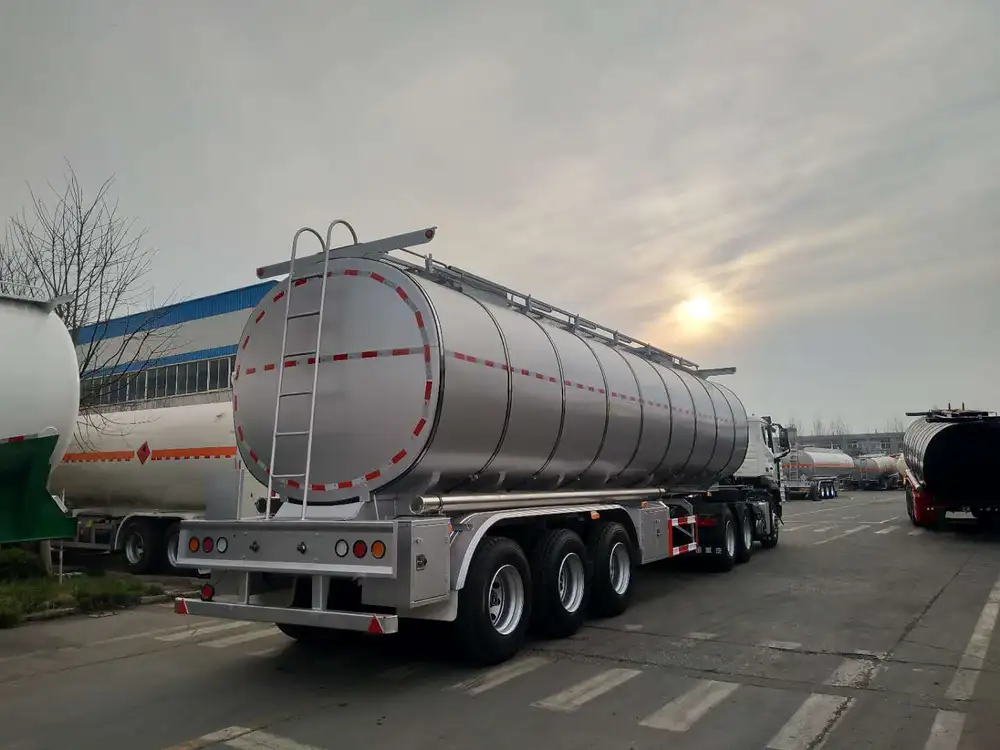As the demand for efficient waste management systems increases, service truck operators in Kenya are continually seeking versatile and cost-effective solutions for handling waste oil. Choosing the right waste oil tank can significantly enhance operational efficiency, promote environmental sustainability, and ensure compliance with local regulations. This comprehensive guide dives into the various aspects of selecting a waste oil tank for service trucks, emphasizing the offerings from CarMax Trailer and other critical considerations pertinent to Kenyan market needs.
Importance of a Waste Oil Tank
Service trucks play a crucial role in various industries, including automotive, construction, and manufacturing. These vehicles are often tasked with transporting waste materials, including waste oils that can be hazardous if not properly managed. Below, we delve into the core motivations for investing in a waste oil tank.
1. Environmental Responsibility
Aligning with Kenya’s environmental policies is essential for businesses that operate service trucks. Waste oil can contaminate water sources, harm wildlife, and contribute to air pollution if improperly disposed of. A purpose-built waste oil tank enables safe collection, storage, and transportation, minimizing environmental impact.

2. Regulatory Compliance
Kenyan laws, such as the Environmental Management and Co-ordination Act, mandate proper disposal of hazardous materials, including waste oil. Investing in a waste oil tank helps operators comply with these regulations, reducing legal risks and potential fines.
3. Operational Efficiency
Effectively managing the disposal of waste oil boosts productivity. Implementing a system that integrates a waste oil tank with service trucks can streamline operations, reduce cycle times, and enhance workflow, ultimately leading to better service delivery and customer satisfaction.
Types of Waste Oil Tanks
Understanding the various types of waste oil tanks available for service trucks is pivotal in making an informed purchase decision. Below, we summarize the most popular options catered to the Kenyan market.
| Tank Type | Description | Ideal Use Case |
|---|---|---|
| Mobile Tanks | These are portable tanks that can be easily mounted on service trucks. | Ideal for on-site collection of waste oil. |
| Stationary Tanks | Fixed installations suited for facilities requiring bulk waste oil storage. | Used in garages or workshops for substantial storage. |
| Dual-purpose Tanks | Tanks designed to hold waste oil and other fluids, offering versatility. | Useful for service trucks managing multiple fluids. |
| Skid Tanks | Heavy-duty tanks designed to withstand rigorous transportation and handling. | Ideal for rugged environments and off-road conditions. |

Features to Look for in Waste Oil Tanks
When considering a waste oil tank for service trucks, specific features can greatly influence your overall satisfaction and operational efficacy. Below are some key features to consider.
1. Capacity
The size of the tank is a critical factor. Operators must assess their waste generation rates to select an appropriate capacity. Common sizes include:
- 200 Liters: Suitable for small operations or mobile service trucks.
- 1,000 Liters: Ideal for medium-sized businesses that handle moderate amounts of waste oil.
- 5,000 Liters: Best for large operations, including garages and fleet services dealing with high waste volumes.
2. Material Composition
Waste oil tanks are typically constructed from steel or polyethylene. Each material offers unique benefits:
- Steel Tanks: Known for their durability and resistance to corrosion.
- Polyethylene Tanks: Lighter and less prone to corrosion, making them easier to transport.

3. Design and Portability
The design of the tank should allow for efficient handling and integration with service trucks. Key considerations include:
- Secure fastening mechanisms to prevent spillage during transport.
- Ergonomic designs for easy loading and unloading.
4. Safety and Compliance Features
Safety should never be compromised. Look for tanks that comply with Kenyan regulations, including:
- Safety valves to prevent overfilling.
- Leak detection systems to monitor any signs of compromise.
5. Ease of Maintenance
Choose a tank that allows straightforward access for maintenance and cleaning. This helps prolong the tank’s life and ensures it remains compliant with safety regulations.

Cost Considerations
Pricing is a significant factor for service truck operators in Kenya when selecting a waste oil tank. The cost can vary based on type, capacity, material, and additional features. The following table summarizes typical pricing brackets:
| Tank Capacity (Liters) | Price Range (KSh) |
|---|---|
| 200 | 30,000 – 50,000 |
| 1,000 | 100,000 – 200,000 |
| 5,000 | 300,000 – 500,000 |
While cost is an important factor, operators should perform a total cost analysis, including installation, maintenance, and potential fines for non-compliance, to determine the right balance between quality and affordability.
Where to Purchase Waste Oil Tanks in Kenya
Kenyan operators have various options for sourcing quality waste oil tanks. Below are reputable manufacturers and distributors known for their reliable products:
- CarMax Vehicle: Specializes in high-quality waste oil tanks tailored for service trucks, combining durability with functional design.
- Local Distributors: Companies like Alimak and MaxInterlink provide a range of options and can assist with installation services.
Conclusion
Investing in a waste oil tank for service trucks operating in Kenya is a strategic move towards enhancing operational efficiency, ensuring regulatory compliance, and embracing environmental responsibility. As you evaluate your options, consider the various tank types, essential features, and pricing to make an informed decision. With the right waste oil tank, operators can significantly elevate their waste management capabilities while contributing to sustainable practices within their industries.

Frequently Asked Questions (FAQs)
1. What is the typical lifespan of a waste oil tank?
A well-maintained waste oil tank can last anywhere from 10 to 20 years, depending on the material quality and usage conditions.
2. How often should waste oil tanks be emptied?
The frequency of emptying will depend on your waste oil generation rate, but ideally, tanks should be emptied before reaching 75% capacity to avoid overflow and compliance issues.

3. Are waste oil tanks safe?
Yes, when properly manufactured and maintained, waste oil tanks are safe. Look for models with safety features such as overfill protection and leak detection.
4. Can I use the waste oil from the tank for other purposes?
Once the waste oil is properly processed and treated, it can be repurposed as a fuel source or for other industrial uses, ensuring further environmental benefits.













Reviews
There are no reviews yet.